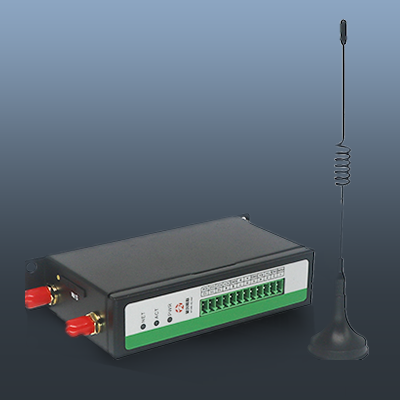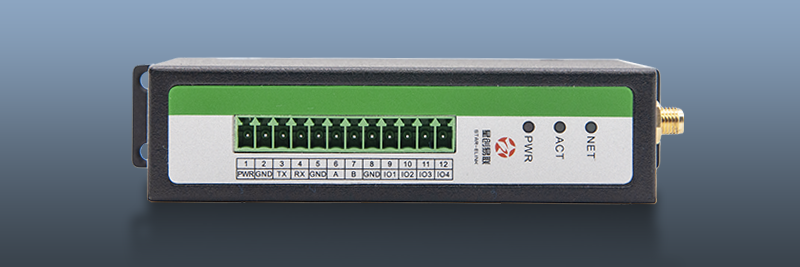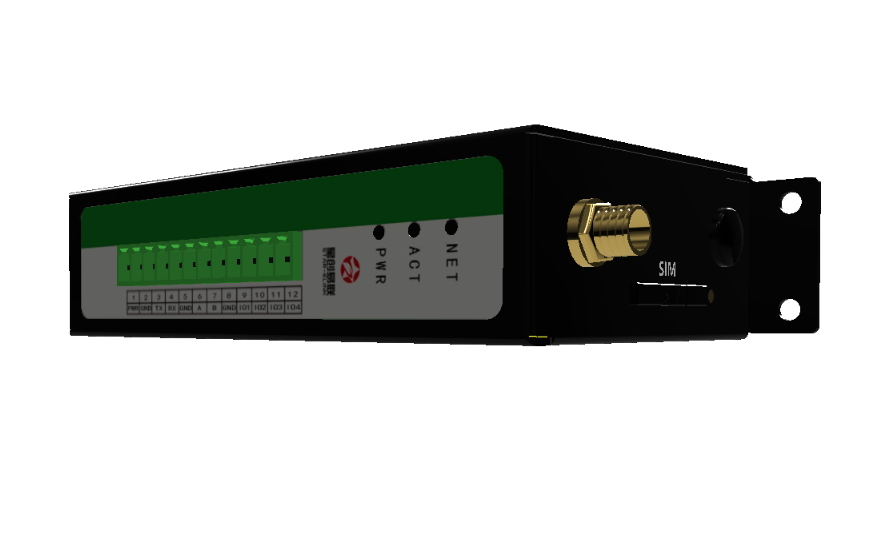Frequency Band Bonanza: Comparing Cellular Network Support Across LTE Modem 4G Models
Introduction In the fast-paced world of wireless connectivity, LTE Modem 4G technology has become a game-changer, enabling seamless communication and data transfer across the globe.
However, with the plethora of LTE Modem 4G models available in the market, it can be overwhelming to choose the right one for your specific needs. One crucial factor to consider is the cellular network support offered by each model, which is determined by the frequency bands they operate on. In this article, we’ll dive into the world of frequency bands and explore how different LTE Modem 4G models stack up against each other in terms of network compatibility.Decoding the Frequency Band Jargon Before we compare the cellular network support of various LTE Modem 4G models, let’s demystify some common terms:
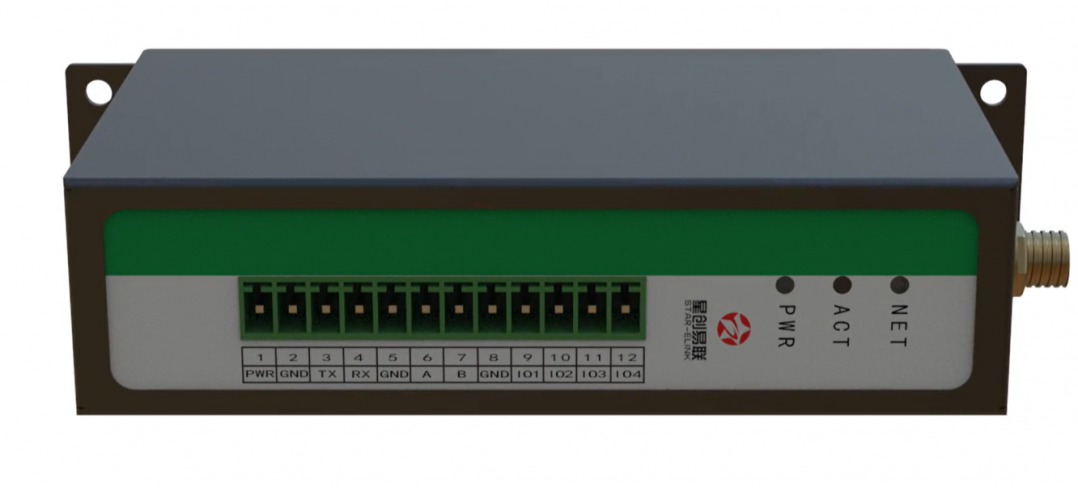
LTE Modem 4G
- Frequency Bands: These are specific ranges of radio frequencies used by cellular networks to transmit and receive data.
- Band Numbers: Each frequency band is assigned a unique number for identification, such as Band 1, Band 2, etc.
- Carrier Aggregation: A technique that combines multiple frequency bands to increase data speeds and capacity.
The Importance of Frequency Band Support The frequency bands supported by an LTE Modem 4G model directly impact its compatibility with cellular networks in different regions. For example, a modem that supports Band 1 (2100 MHz) may work seamlessly in Europe but face connectivity issues in North America, where Band 4 (1700/2100 MHz) is more prevalent. Therefore, it’s crucial to choose an LTE Modem 4G model that supports the frequency bands used by the cellular networks in your target location.Comparing Popular LTE Modem 4G Models Let’s take a closer look at some popular LTE Modem 4G models and their frequency band support:
- Quectel EC25-AF:
- Supports LTE FDD bands 1, 3, 5, 7, 8, 20
- Ideal for European and Asian markets
- Offers Cat 4 speeds up to 150 Mbps downlink and 50 Mbps uplink
- Sierra Wireless EM7565:
- Supports LTE FDD bands 1, 2, 3, 4, 5, 7, 8, 12, 13, 18, 19, 20, 26, 28, 66
- Covers a wide range of global networks, including North America, Europe, and Asia
- Provides Cat 12 speeds up to 600 Mbps downlink and 150 Mbps uplink
- Telit LE910C1-EU:
- Supports LTE FDD bands 1, 3, 7, 8, 20, 28
- Optimized for European networks
- Offers Cat 1 speeds up to 10 Mbps downlink and 5 Mbps uplink
- U-blox TOBY-L4906:
- Supports LTE FDD bands 1, 2, 3, 4, 5, 7, 8, 12, 13, 17, 18, 19, 20, 25, 26, 28, 66
- Covers an extensive range of global networks, including North America, Europe, and Asia
- Provides Cat 6 speeds up to 300 Mbps downlink and 50 Mbps uplink
As evident from the comparison, each LTE Modem 4G model offers different levels of frequency band support, catering to specific regional requirements. It’s essential to carefully evaluate the cellular network landscape in your target market and choose a model that aligns with the supported frequency bands.Future-Proofing with 5G Compatibility While LTE Modem 4G technology continues to be the backbone of cellular connectivity, the advent of 5G networks promises even faster speeds and lower latency. Some LTE Modem 4G models, such as the Quectel RM500Q and Sierra Wireless EM9190, offer 5G compatibility, ensuring a smooth transition to the next generation of wireless technology.
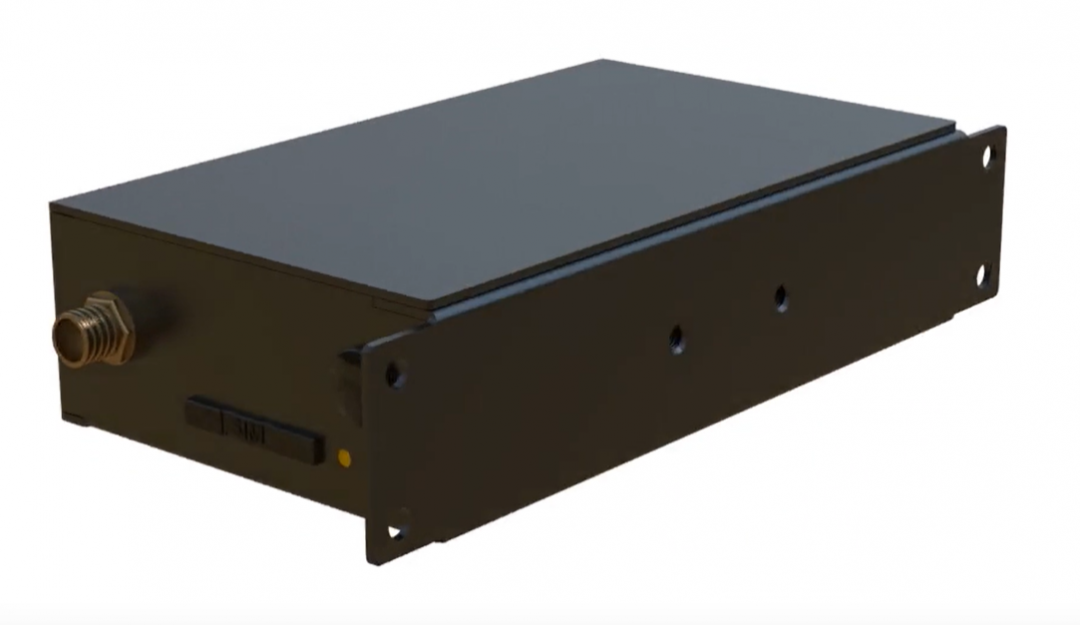
LTE Modem 4G
When selecting an LTE Modem 4G model, considering its 5G readiness can help future-proof your device and ensure long-term network compatibility.Conclusion In the realm of wireless connectivity, understanding the frequency band support of LTE Modem 4G models is crucial for ensuring seamless communication and optimal performance. By comparing the cellular network compatibility of popular models and considering factors like regional requirements and future 5G readiness, you can make an informed decision when choosing an LTE Modem 4G module for your specific needs. As technology continues to evolve, staying informed about the latest advancements in frequency band support will be key to unlocking the full potential of LTE Modem 4G technology.
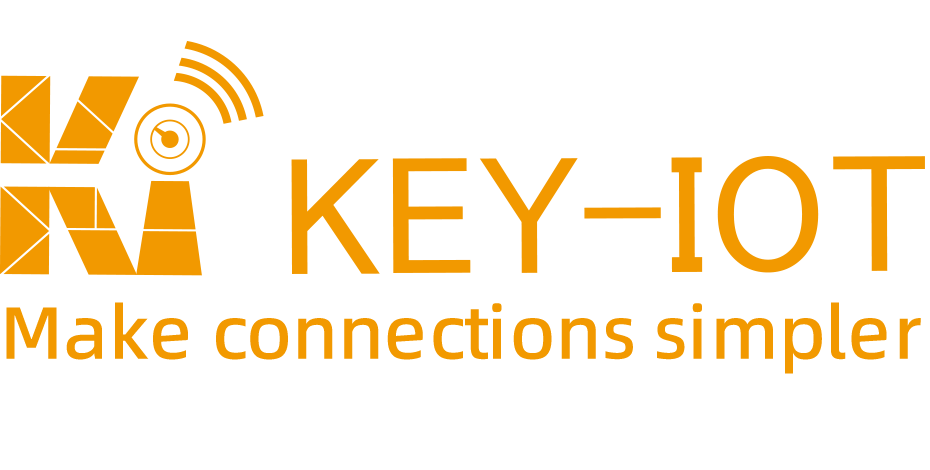 KEY-IOT
KEY-IOT

